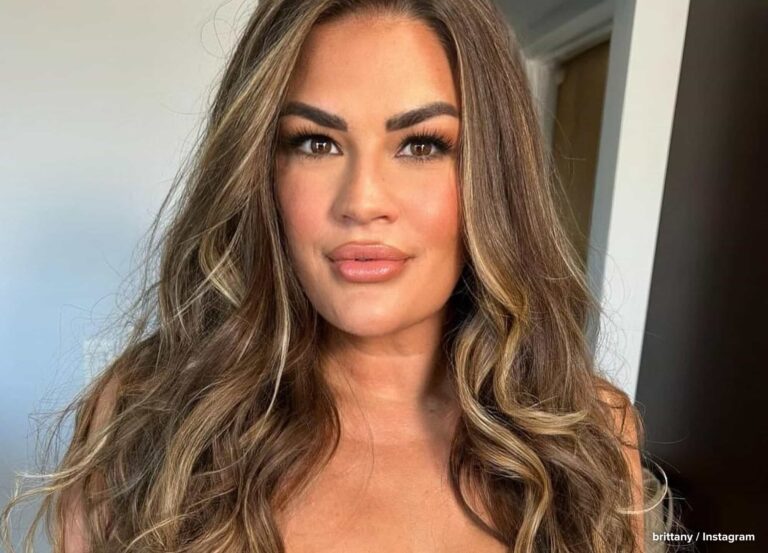Whether your dream breasts are large or small, there are a number of reasons that breast augmentation surgery with implants may be the best route to help you get there. According to Dr. Samuel Lin, a board-certified plastic surgeon in Boston, implants boast a number of benefits: They’re an effective way to increase volume, especially at the top of the breast—a key area for cleavage—and they can help you create your desired shape and correct natural asymmetry. Additionally, they can lend the breasts a more youthful appearance, especially if the breasts been stretched or deflated by factors like pregnancy and aging.
If you’re thinking about going under the knife, it’s crucial to make sure your surgery is performed by a board-certified plastic surgeon with the proper credentials. However, fully examining your potential surgeon’s past work—and making sure their aesthetic matches your own—is just as important. “Looking at before and after photos is an important step, when it comes to choosing a plastic surgeon,” says Dr. Lin. “It allows you to evaluate a plastic surgeon’s work, to ensure [that their] beauty goals align with yours.”
First things first: Dr. Lin suggests looking for before photos of patients who not only have a similar body type to your own but also have a similar breast size, shape, and proportion. “Doing so will help you get a clearer picture of what certain breast implant sizes will do to your breast shape and size after you have the procedure,” he says. This will not only provide a realistic example of what a procedure outcome could look like, but it can also help you decide what size and shape will be the most flattering for your specific body type.
Additionally, Dr. John Paul Tutela, a board-certified plastic surgeon in New York City and Livingston, New Jersey, recommends looking for photos that show the patient clearly, both straight on and/or directly from the side. “Oblique angles are great, but they can hide many irregularities in the results,” he says. “If [a surgeon’s photos] all show oblique angles, something is wrong.” That said, be sure to thoroughly search through a potential surgeon’s work and make sure both pre-op and post-op photos are shown from a variety of angles.
But what exactly should you be looking for while perusing breast augmentation B&As? We asked top plastic surgeons what individual aspects signal optimal results.
1. Breast size, shape, and position that are naturally proportionate to the body
When it comes to implants, the desired size will, of course, vary from patient to patient. But regardless of how small or large the implants are, Dr. Kelly Killeen, a double board-certified plastic and reconstructive surgeon in Los Angeles, stresses the importance of end results that still look natural. “When looking at before-and-afters, it’s important to take into account the anatomy and chest shape/nipple position of the patient,” she says. “A successful procedure leads to a patient who looks like the breasts belong to them, not like they were stuck onto their body. Disproportionately large implants lead to the most complications, and patients should be counseled about this before surgery.”
2. Smooth breasts, free from rippling
Dr. Lin also suggests looking for after photos that show smooth breasts that are free from
rippling, which is a common side effect of larger implants. While rippling can be caused by a few different factors, such as insufficient breast tissue or the implant being placed over a muscle, larger breast implants tend to be more prone to this issue. As he explains, a skilled plastic surgeon with proper training will be able to achieve consistent results for larger implant size, including no indication of rippling.
Related: 5 Things to Know About Choosing the Right Breast Implant Size
3. Symmetrical results
All women have some degree of inherent breast asymmetry—whether in size, shape, or position—which is largely ruled by genetics. Correcting asymmetry is a common reason for a patient to proceed with breast implant surgery, and Dr. Lin states that after photos showing symmetrical results are a key indicator of a successful procedure. According to him, healed breasts that still show signs of preexisting asymmetry indicate suboptimal results. Keep in mind that no two breasts will ever be completely identical, even after surgery, but results should still be as close as possible. Breasts should not only appear to be the same size and shape and sit in a similar position on the chest, but Dr. Lin notes that they should also have a symmetrical nipple positioning and a similar side contour as the breast transitions into the chest.
4. Implants that sit above the inframammary fold (IMF)
Dr. Lin says that when post-op breasts appear to fall below the breast crease (also known as the inframammary fold or IMF), it’s a sign of subpar results. The IMF is the point where the lower half of the breast meets the chest wall, and when an implant is too large for the breast pocket, thinning the skin over the implant, or is inserted through an incision along the IMF, it’s possible for the implants to “bottom out,” or sag below this natural crease. Since a common goal for breast implants is to make the breasts look naturally perkier, he suggests looking for after photos that show the breasts sitting at or above the IMF while, of course, still looking natural.
5. Hidden, well-healed scars
Finally, Dr. Lin also advises examining after photos for postoperative scars and noting where they’re located. “A skilled board-certified plastic surgeon should be able to hide incisions in natural skin creases and create incisions that heal quickly, with minimal scarring,” he says.
While the goal for any surgical procedure is to have the minimal scarring possible, in the case of breast aug, it’s important to understand that “the incision needs to be a certain size in order to safely place the implant,” Dr. Killeen says. “The current generation of implants is firmer, and not only can they rip or rupture if inserted through an incision that is too small, but the internal silicone can actually fracture, making them appear distorted and leading to a multitude of complications later. Beware of a surgeon who boasts about tiny scars with silicone implants.” That said, when examining for scarring, focus more on their location and how they heal rather than size, also keeping in mind how long after the procedure the after photo was taken.











